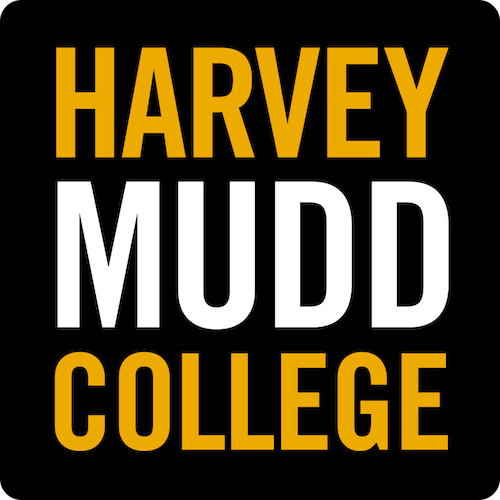How to Hire Electrical Designers in Tacoma
Current Environment
Electrical designer is a broad job title that can be applied to positions in many industries. The field is closely related to electrical engineering and mechanical engineering, and sometimes the title electrical designer can be swapped with electrical or electronics drafter, mechanical drafter, and even electrical technician.
People who have the skills for electrical design and drafting are needed for private-sector jobs in a large number of industries including:
- Manufacturing
- Construction
- Architecture
- Electric power generation, distribution, and transmission
- Telecommunications
- Semiconductor and electronic component manufacturing
- Automotive and transportation
- Consumer electronics
History
The field of electrical engineering came about before the second world war, but at that time the field was referred to as radio engineering, focused on the development of radar, commercial radio, and television. In the mid-to-late 1950s, the name of the field evolved to electronic engineering, the people with the skills to design and draft electric components was crucial for successful manufacturing and testing.
How will Hiring electrical designers Help Your Company?
Recruiting the top electrical designers can ensure you have the right expertise on the team for design, documentation, development, manufacturing, and testing of electronic components, systems, and equipment. As mentioned previously, these roles are a necessary component for companies in many industries.
When building a successful team, it’s important to consider how new design resources will align with your current team. Consider the USA Olympic basketball team, the first-year pro athletes were allowed to compete. They were the best players, but they failed to play well together as a team. Teams with lesser talent beat the U.S. because they played better together.
Fill the Knowledge Gap
If your current team members do not have a strong knowledge of the most current software systems for design, you have an opportunity to fill the gaps. You can source candidates that excel with a particular skill or fluency in a software system.
Technology
Technology is another area that is key for electrical designers. When you are looking for recruits, be prepared with specific questions about a candidate’s expertise with the latest technology systems and software to give your organization critical technology expertise.
electrical designer Details
Responsibilities
To help you recruit the best electrical designers in Tacoma, here are some of the details of the job.
Electrical designers help electrical and electronics engineers design and develop computers, communications equipment, medical monitoring devices, navigational equipment, and other electrical and electronic equipment. A few additional responsibilities include:
- Convert the designs of engineers and architects into technical drawings
- Inspect designs for quality control, report findings, and make recommendations
- Draw diagrams and write specifications to clarify design details of electronics
- Design basic circuitry and draft sketches to clarify details of design documentation, under engineers’ direction
- Build prototypes from rough sketches or plans
- Assemble, test, and maintain circuitry or electronic components according to engineering instructions, technical manuals, and knowledge of electronics
Looking for another position? View other positions we place in Tacoma, Washington.
Education
If an electrical design position is a stepping stone to an electrical engineer title and you have set a goal for a Bachelor’s degree, the top 4-year schools are listed below.
However, if you have a passion for electronics and design, you can easily complete your education at a local 2-year community college or a trade school. These intuitions are much lower cost than a 4-year university, and the teaching is generally hands-on training that can be immediately applied on the job.
In fact, most electrical engineering designers or technicians prepare for their careers with an associate’s degree. Pursuing this educational path can make good sense for students who need to jump into the job market and start earning.
US News & World Report ranked the top 3 undergraduate programs for electrical engineering. In these programs, students study and apply the physics and mathematics of electricity, electromagnetism, and electronics. Each of the schools listed has an undergraduate engineering program accredited by ABET.


